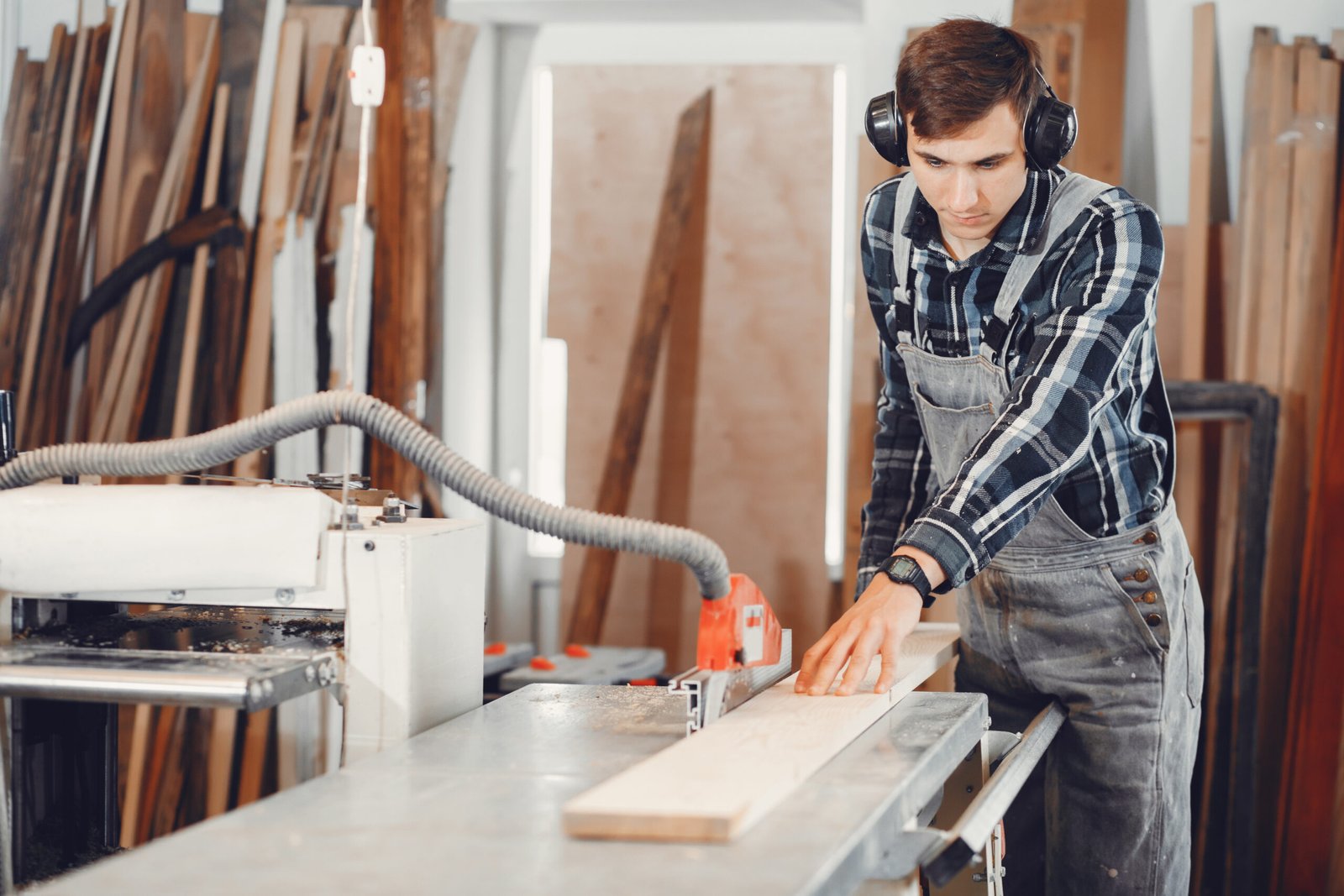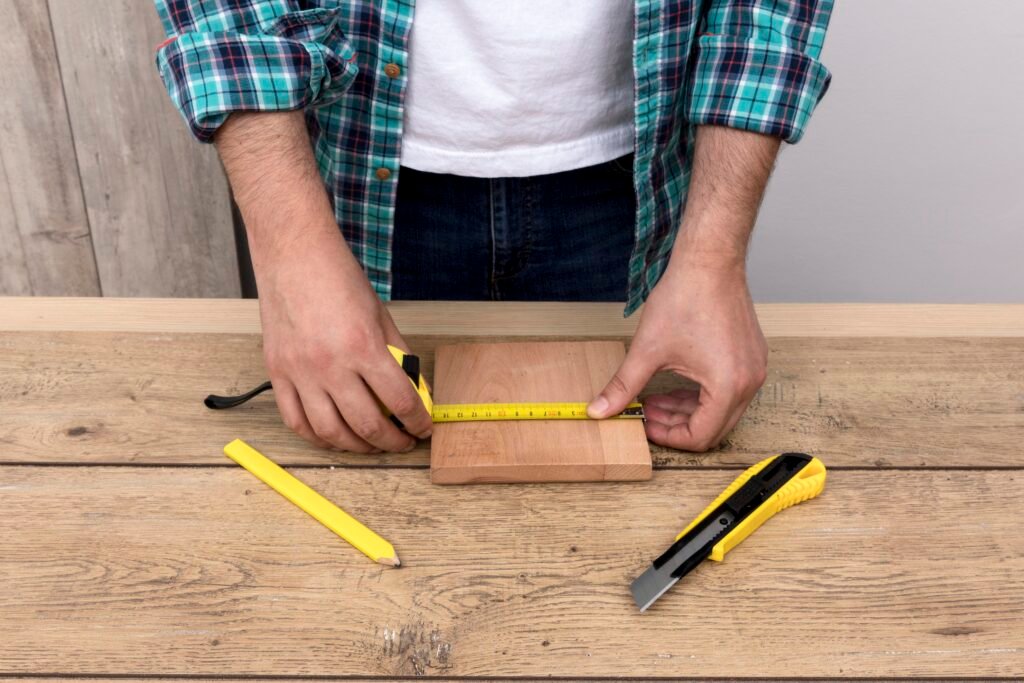
When it comes to home improvement, installing laminate flooring is one of the most popular DIY projects. Laminate flooring offers an affordable and durable solution for homeowners who want the aesthetic of hardwood without the hefty price tag. However, like any flooring project, cutting laminate flooring requires the right tools to ensure a smooth and professional-looking finish. One of the most important tools for this job is the saw blade.
So, what is the best saw blade for cutting laminate wood flooring? In this comprehensive guide, we’ll discuss The Best Saw Blade for Cutting Laminate Wood Flooring, the best types of saws for the job, and expert tips for achieving flawless cuts every time.
Why the Right Blade Matters for Laminate Flooring
Laminate flooring consists of multiple layers, including a photographic design layer, a high-density fiberboard (HDF) core, and a melamine wear layer. These layers make laminate sturdy but also challenging to cut if you don’t use the right tools. The wrong saw blade can cause unsightly chipping, splintering, or even damage your tools, costing you more time and money.
Using a blade specifically designed for laminate wood flooring will ensure smooth edges, prevent damage, and make the process much easier. Let’s take a look at the best saw blades and saws for cutting laminate flooring.
Types of Saw Blades for Cutting Laminate Flooring
There are several types of saws and saw blades that work well with laminate flooring. Here’s an overview of the most popular options and their benefits:
1. Jigsaw with Laminate-Specific Blades
A jigsaw is an incredibly versatile tool, ideal for both straight cuts and intricate shapes. Whether you need to cut around a toilet or scribe to an uneven surface, a jigsaw will allow you to make precise cuts.
However, jigsaws can cause splintering along the top edge of the laminate. To prevent this, you should use laminate-specific jigsaw blades, which are designed to cut on the downward stroke, keeping the laminate’s face smooth and chip-free.
Key Features:
- Smooth Cuts: Laminate-specific blades have fine teeth that reduce chipping.
- Versatile: Perfect for both straight cuts and curved cuts around obstacles.
- Affordable Replacement: These blades are relatively inexpensive and can be replaced easily.
Best Blade Type: A jigsaw blade with 10-12 teeth per inch (TPI), such as the Bosch T101B or DeWalt DW3742, is ideal for laminate flooring.
2. Circular Saw with Fine-Tooth Blade
If you’re working on a larger project or need to make long, straight cuts, a circular saw is an excellent choice. A circular saw is a more powerful tool that can quickly cut through laminate boards with precision. To avoid damaging the laminate, make sure to use a fine-tooth blade designed specifically for laminate.
Key Features:
- Speed: Cuts quickly, making it ideal for larger projects.
- Straight Cuts: Perfect for long, straight cuts.
- Dust Control: Many circular saws come with dust collection systems, which help keep your workspace cleaner.
Best Blade Type: For the best results, choose a 60-tooth carbide-tipped blade like the Freud D1060X or Makita A-93681, which are perfect for laminate.
3. Miter Saw for Precise Cross Cuts
A miter saw is ideal for making precise cuts, especially when you need to cut laminate flooring to fit around corners or walls. It provides a more controlled and accurate cut compared to a jigsaw or circular saw.
Key Features:
- Accurate Cuts: Excellent for making angled cuts and crosscuts.
- Clean Finish: When paired with the right blade, it delivers smooth edges without chipping.
- Versatile: You can use it for other types of cuts as well.
Best Blade Type: Use a 60-tooth carbide-tipped blade like the Diablo D1060X or Makita A-93681 for clean, precise cuts.
4. Table Saw for Ripping Long Boards
For large-scale laminate flooring projects, a table saw is often the best tool for ripping laminate boards lengthwise. While it requires more setup, the table saw offers a stable cutting platform and precision for straight, long cuts.
Key Features:
- Stable Platform: A table saw provides a steady cutting surface for long boards.
- Efficient: Ideal for cutting multiple boards at once.
- Professional Finish: Achieve clean, straight edges.
Best Blade Type: For table saws, use a 40-tooth or 60-tooth carbide-tipped blade. Models like the Freud D1080X and DeWalt DW3106P5 are excellent choices for laminate.
Tips for Cutting Laminate Flooring Like a Pro

While having the right blade is essential, the way you cut the laminate also plays a significant role in the final results. Here are some expert tips to ensure clean, accurate cuts every time:
1. Use Painter’s Tape to Prevent Chipping
Before marking your cutting line, apply a strip of painter’s tape along the line on the laminate. This helps prevent chipping along the cut edge and gives you a cleaner finish.
2. Cut with the Face Down
When cutting laminate, it’s best to have the face of the laminate board facing down. This is because most saw blades cut on the upward stroke, which can cause the top layer to chip. Cutting with the face down minimizes this risk.
3. Measure Twice, Cut Once
Incorrect measurements can lead to wasted materials and frustration. Always double-check before cutting. Use a steel ruler or a combination square for precision. Also, mark your cutting lines clearly with a fine-tip marker for accuracy.
4. Go Slow and Steady
Laminate flooring can be fragile, and rushing through cuts can result in cracks or chips. Let the saw do the work, and take your time to ensure that each cut is straight and smooth.
5. Safety First
Always wear the appropriate safety gear, including goggles, ear protection, and a dust mask. Laminate cutting creates a lot of fine dust, and it’s essential to protect your eyes, ears, and lungs.
Common Mistakes to Avoid
Even with the best saw blades, there are common mistakes that can affect the quality of your cuts. Here are a few pitfalls to watch out for:
- Using the Wrong Blade: Always choose a blade specifically designed for laminate. Regular blades can cause chipping and damage.
- Skipping Measurements: Incorrect measurements can lead to wasted materials and frustration. Always double-check before cutting.
- Cutting Too Quickly: Rushing through cuts can cause cracks or uneven edges. Slow and steady is the best approach.
Conclusion: Achieve Flawless Results with the Right Blade
Cutting laminate flooring doesn’t have to be a daunting task. With the right saw blade and technique, you can achieve clean, precise cuts that will make your laminate flooring installation look professional. Whether you’re using a jigsaw, circular saw, miter saw, or table saw, choosing the correct blade is key to a successful project.
By investing in laminate-specific blades, using proper cutting techniques, and taking safety precautions, you’ll be able to cut laminate flooring like an expert. With these tools and tips, your DIY flooring project will be a success, giving you beautiful, durable floors that last.



Leave a Reply